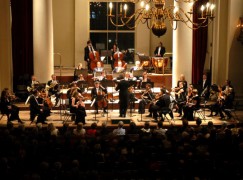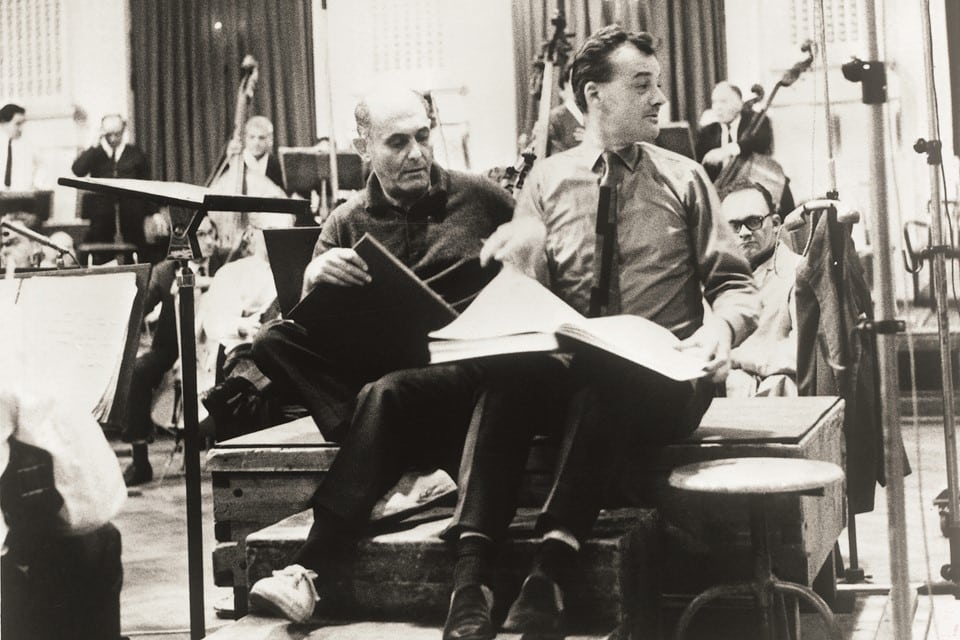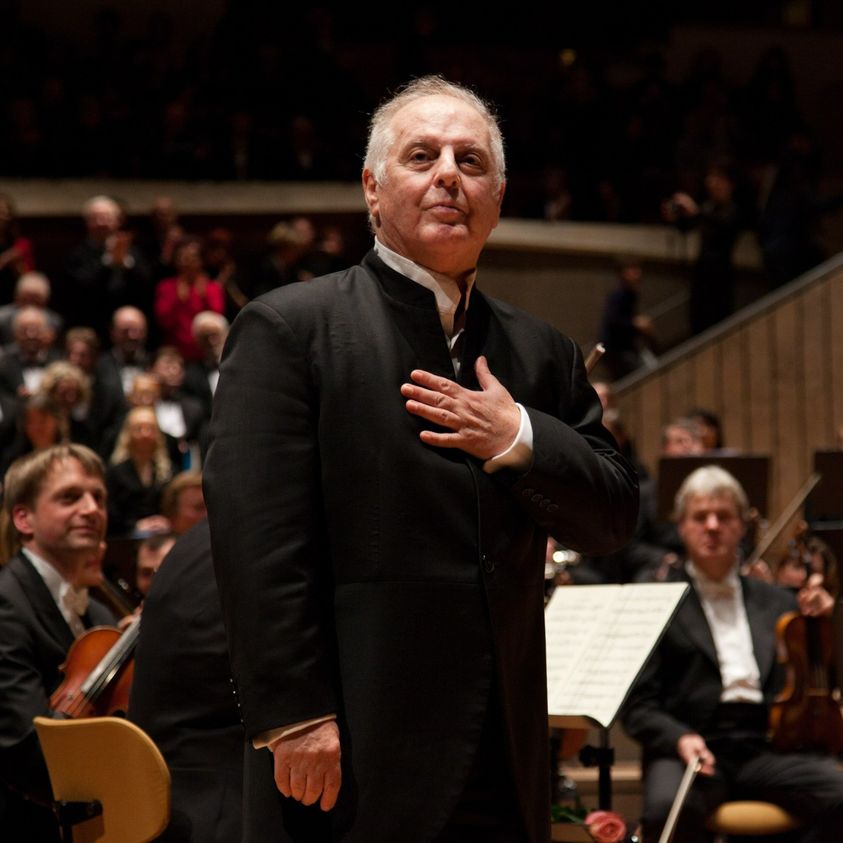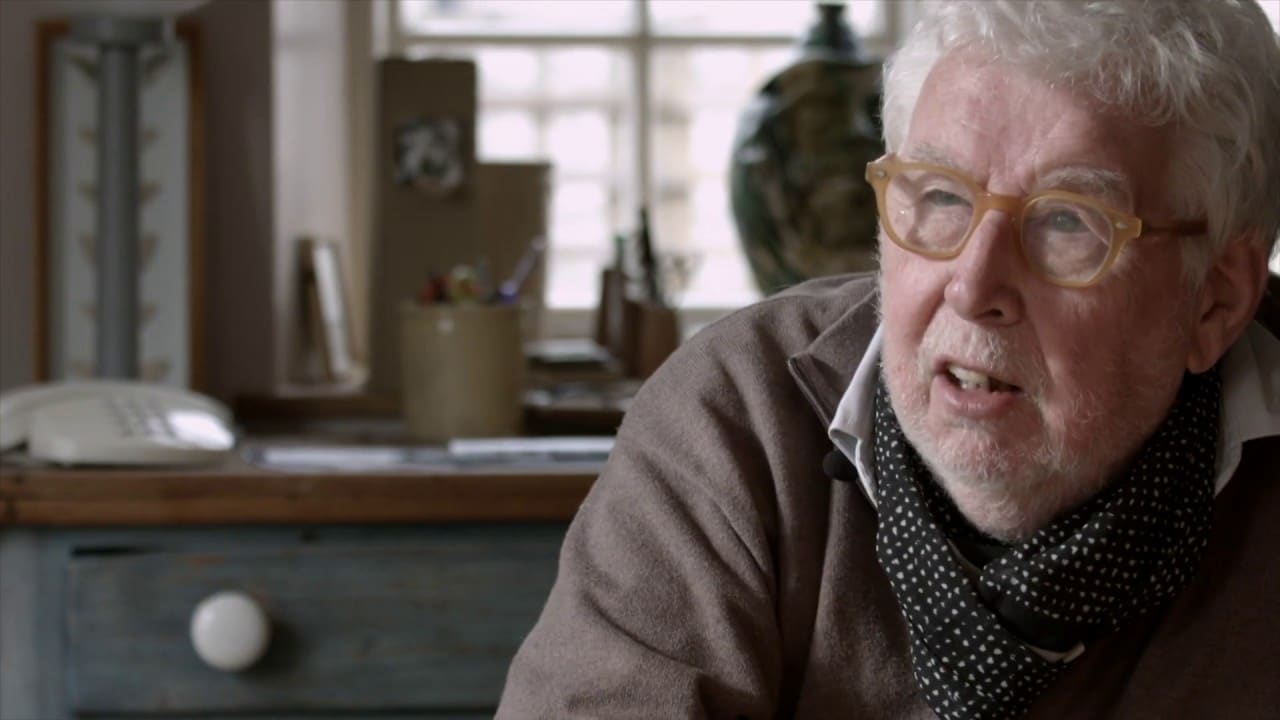Music industry still ‘hideously white’?
mainA survey by the Department of Culture, Media and Sport shows that only 6.7 percent of jobs in the Music, Performing and Visual Arts Industries are held by people of on-white origin.
According to the 2011 Census, around 11 percent of the UK population are non-white. The gap appears to be closing, slowly.
Orchestras, as ever, slower than most.






So, it gives specific figures for orchestras (to allow you to draw that conclusion), then?
Whatever the job is – even if they are green with yellow spots – it should be the best person for the job – simple!
Here is one relatively informal survey of how this plays out in the world of British composers – http://ianpace.wordpress.com/2013/12/15/the-whiter-than-white-world-of-published-british-composers-and-some-wider-thoughts/comment-page-1/
Do you seriously expect the orchestral platform to show more “diversity” than its audience?
If the interest were there, it would show up in the audience first, and orchestras later.
And, believe it or not, it may be down to choice, rather than discrimination. But I’m probably not supposed to suggest that.
Orchestras often have a fairly slow turn-over rate, even now. This goes some way to explaining the situation. Were orchestras to require player to occasionally re-audition, you might find that (a) they would perform better and so attract greater audiences, and (b) their make-up would change more in tune with the population at large faster than it does.
As you might expect, orchestras tend to reflect the make-up of the communities which aspire to be a part of them, and train for it, i.e. those at music colleges.
An interesting idea. I personally think that requiring musicians to occasionally re-audition could potentially undermine cohesion and negatively influence group dynamics. A mandatory retirement age of 65 coupled with not hiring players above a certain age will do. Regarding point ‘b’, I think the change must start in music schools before it can happen in orchestras.
Finally of course, all these statistics and percentages aside, there is not a single country on earth where the percentage of individuals interested in any given occupation or field, coincides with the percentage of a demographic (except for larger group = more potentially interested individuals).
Arts organisations are always blamed, when the solution is with the State and with schooling.
But Gove eradicates funding – or scraps the requirement for councils to ring-fence funding – for music lessons, and in an instant we are left with only children of middle-class parents (who are predominately white ) and particularly children at private schools receiving instrumental tuition.
So if the DCMS wants to do something about this, it needs to talk to the Education Secretary and stop blaming orchestras.
What exactly are orchestras supposed to do about this?
Wasn’t the term ‘hideously white’ a vapid provocation a few years back of the Big Cheese at the BBC? To his discredit he fell for it, I seem to remember.
Just under 11% of the membership of the youth orchestra I work with is BME; 60% are female. Orchestras may be changing slowly, but that doesn’t mean they aren’t changing. Evolution, by definition, is gradual.
(That said, I can’t see that these figures say anything about orchestras specifically; merely a generalised “Music, Performing and Visual Arts” – a vast, undifferentiated category. In which, actually, representation of BME groups is increasing – unlike most of the other sectors under analysis. So Norman, in the music sector it appears that the gap is actually closing FASTER than most).
How many people of on-white origin read this blog?
If it’s less than 11% in the UK, what are you doing about it? Are you perhaps being a bit “slow”?
How many non-white people can afford the financial risk of life as a classical musician, let alone the cost of fine instruments and training? Scholarships are not enough. It will change when society as a whole has made the “playing field” level enough for all. It also can take generations to assimilate sufficiently. It is also a reflection of the priorities of parents. My parents were poor, but prioritized music, and so I became a classical musician and have lived a life of peril ever since. Sensible parents would have sent me to law school!
It’s also scandalous that in China, practically ALL symphony orchestras are all-Chinese, including conductors. No white players there.